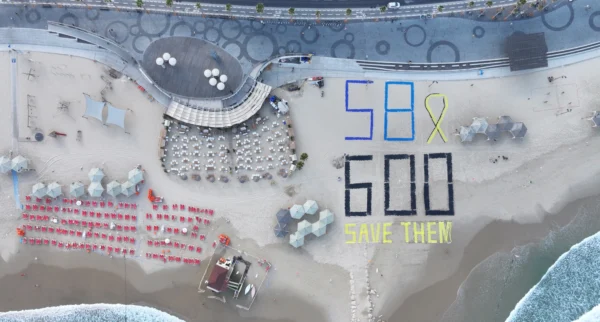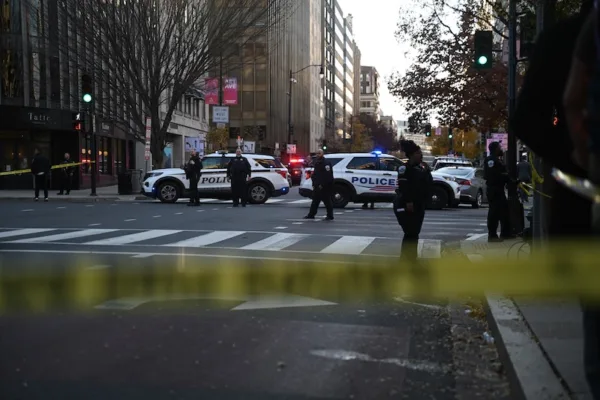2015 and International Security
2015 saw many incidents that are likely to continue in 2016, revealing the ineffectiveness of international and national security systems in preventing new threats like cyberattacks and showing countries that they need to update their security infrastructure to deal with 21st century threats.
The year 2015 was a challenging one for international security analysts around the world. In addition to the existing security crises around the world, a new set of more challenging threats emerged. The crisis in Ukraine has not been able to be resolved, the conflict in Syria has deepened and tensions in the Asia-Pacific grew. In the meantime, newly emerging threats for international security became more challenging for countries worldwide. During 2015, the DAESH threat became more internationalized, as the group, in addition to its actions in Syria and Iraq, started to organize terror attacks in different parts of the world. In addition to this, cybersecurity continued to be a major issue in different countries around the world. The use of these realms by different countries and some illicit networks turned cybersecurity into the new Achilles’ heel for governments.
What all these different threats to international security demonstrated is that the international system requires new mechanisms, forums and institutions to deal with the deteriorating, emerging and possible threats to international security. Ad hoc alliances and coalitions to threats like terrorism do not seem to bring very effective results in the fight against terrorist organizations around the world. The absence of international institutions in Asia-Pacific is a danger for regional stability, whereas the absence of revisions to existing international institutions makes them futile in their contributions to international security.
Although the international coalition continues to bomb DAESH targets and has killed a significant number of DAESH leaders in the last one-and-a-half-year period, and although the Iraqi army recently liberated the city of Ramadi from DAESH, it is still too early to claim victory against this organization. The fact that only a few days after statements came from some leaders of the international coalition about containing DAESH, members of this organization organized a major terrorist attack in Paris, which demonstrated that the organization is now capable of organizing attacks in major metropolitan areas outside the Middle East. The bombing of a Russian passenger jet over the Sinai, which was also claimed by DAESH, also showed that terrorist groups are adopting all forms of possible actions in their repertoire in order to reach their goal of generating fear and terror in the international arena. More dangerously, it is becoming increasingly difficult to track down a pattern of recruitment and participation concerning DAESH. Other than the presence of some digital footprint it is becoming more difficult for security forces to stop the recruitment process. Under these circumstances, to fight DAESH necessitates a more comprehensive strategy that will include intelligence sharing to clamp down on the recruitment process and to eradicate the situation that leads to the emergence of failed states in the Middle East.
There are also new forms of threats for countries’ national security and international security, as a result of the use of the cyber realm by illicit, illegal and terrorist networks as well as the use of this instrument by some states against others. In 2015 we read many stories about cyberespionage, cyberattacks and cybersecurity, and the gradual increase in these stories will most probably increase in 2016. The absence of strong international institutions that deal with this threat and speedy improvements in technology, are making it harder for states to protect themselves.
This article was first published in the Daily Sabah on January 2, 2015.

















